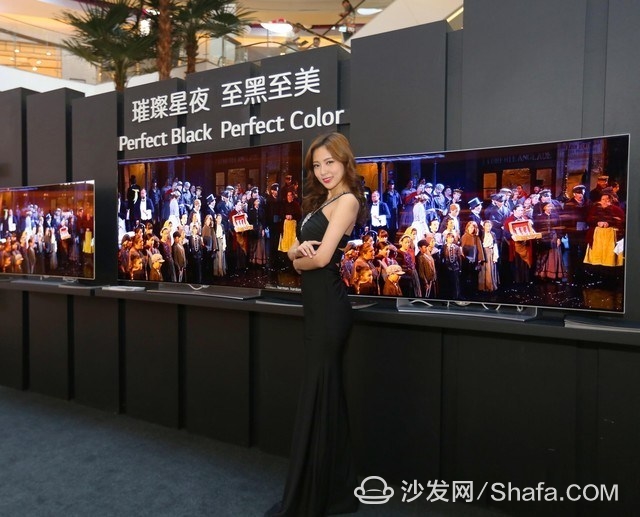
2018 OLED TV forward-looking analysis
·OLED is not easy to come all the way
OLED technology didn’t arrive overnight. In 2007, Sony introduced the world’s first OLED TV, but due to technical limitations and manufacturing challenges, it never reached mass production. It wasn’t until 2013 that LG launched the first 55-inch OLED TV in China, marking its entry into the consumer market. However, with a price tag of 59,999 yuan, many believed OLED TVs would remain a luxury for years to come.
LG launched a 55-inch OLED TV at a price of 59999 yuan
Even from the beginning, OLED faced skepticism. A Korean university professor once predicted that at least three key technical steps needed to be completed before large-scale OLED screens could be realized, estimating a minimum of three years before they became practical. Many experts were pessimistic about OLED’s future, citing the high costs and long development timelines.
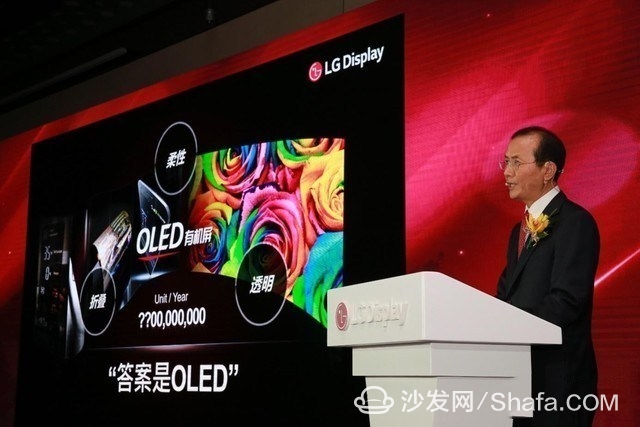
LG Display firmly believes that OLED can subvert the entire display industry
Fast forward to today, more and more TV manufacturers are embracing OLED. Panel lifespans now exceed 50,000 hours, ghosting issues have been largely resolved, and panel yield rates have reached as high as 85%. Prices have also dropped significantly—55-inch OLED TVs now cost around 9,999 yuan, down from 59,999 yuan just four years ago. This dramatic price drop is thanks to LG Display’s long-term investment and persistence in OLED technology.
2018 OLED lineup will be more powerful
As OLED technology matures, the market is expanding rapidly. Besides LG, domestic brands like Skyworth, Konka, and Changhong have already launched OLED TVs. European companies such as Philips, Metz, Grundig, Vestel, and Olufsen also feature OLED models as their flagship products. Sony, which had previously stepped away, has returned to the OLED fold and is expected to release new models next year. Meanwhile, Matsushita and Toshiba are also entering the OLED space.
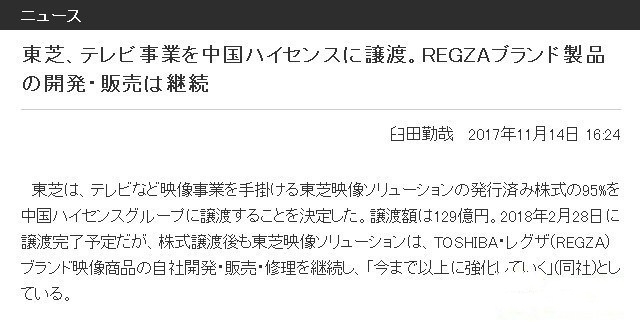
Hisense formally acquired Toshiba Image Solutions on November 14, 2017
Recently, Hisense announced the acquisition of Toshiba Image Solutions, signaling a possible move into the OLED market. As a leading player in both the Chinese and international markets, Hisense's decision to invest heavily in Toshiba suggests it may be preparing to launch OLED TVs soon. This acquisition gives Hisense access to Toshiba’s OLED expertise, including its unique OLED Engine Beauty Pro technology, which enhances picture quality and resolution.
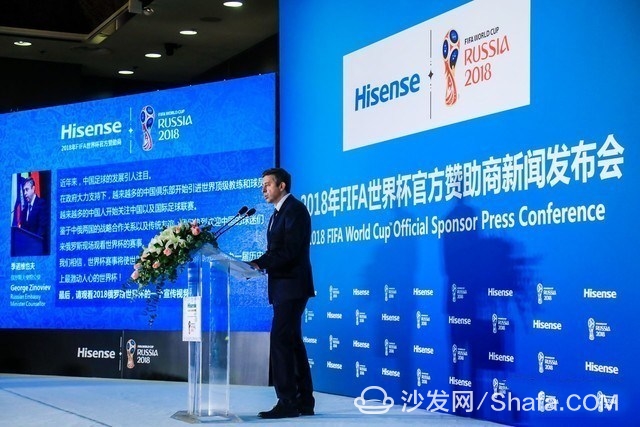
Hisense Sponsors 2018 World Cup Needs Disruptive Product Platform
Although Hisense currently promotes its MU9600 series using quantum dot technology, ULED remains the main focus. The company appears to be downplaying quantum dot advancements, possibly to avoid direct competition. However, this doesn't mean it's ignoring the potential of OLED. With the acquisition of Toshiba, Hisense is well-positioned to enter the OLED market in 2018.
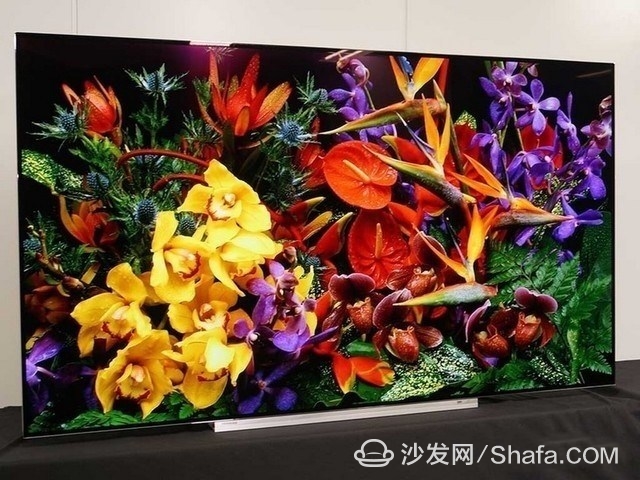
Toshiba OLED TV
Toshiba, known for its advanced picture quality technology, will continue to focus on OLED even after being acquired by Hisense. This means that Hisense can leverage Toshiba’s existing OLED technology to quickly enter the market. If it launches OLED TVs next year, it would make sense given its current strategic moves.
In fact, all major manufacturers are paying attention to OLED
·Dachang is actively deploying OLED technology
As mentioned earlier, most traditional TV manufacturers are shifting toward OLED. Only Samsung and TCL remain in the QLED camp. While QLED offers strong color and brightness performance, it is still based on liquid crystal technology, which limits its potential. However, the upcoming electroluminescent quantum dot technology may change that.

iPhone X also uses Samsung OLED screen
Samsung, despite focusing on QLED for large screens, has remained committed to OLED in the mobile sector. Its Super AMOLED screens are considered the best in the smartphone industry, and even Apple’s iPhone X uses Samsung-made OLED panels. Samsung now dominates the small OLED market, holding over 90% of the share, showing a clear trend of monopoly in this area.

Huaxing Optoelectronics has always been developing printing OLED technology
TCL has long focused on quantum dot technology but hasn’t abandoned OLED research. Huaxing Optoelectronics, TCL’s panel subsidiary, has been working on printing OLED technology, which offers faster production, lower costs, and higher yields. This innovation could potentially solve the challenges of large OLED screen manufacturing.
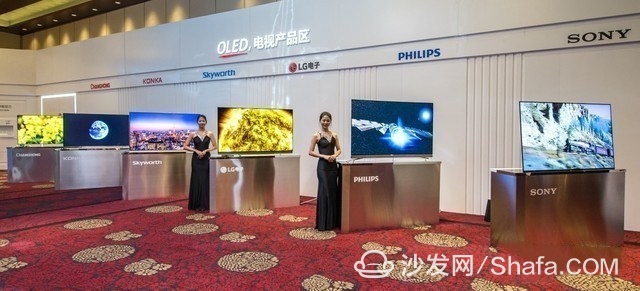
We look forward to the major TV manufacturers to bring us more good display products through OLED technology
OLED is a revolutionary display technology that no TV manufacturer can ignore. In 2018, as more companies join the OLED movement, market share is expected to grow further. The TV industry is set for a major shift, and we can expect more innovative display products driven by OLED technology, moving us closer to the era of "Display of Things."
Smart TV/box information can focus on smart TV information network sofa butler (http://), China's influential TV box and smart TV website, providing information, communication, TV boxes, smart TVs, smart TV software, etc. Answering questions.Porsche Dashcam,Dash Cam With G Sensor,Dash Cam With Loop Recording
SHENZHEN ROSOTO TECHNOLOGY CO., LTD. , https://www.rdtkdashcam.com
